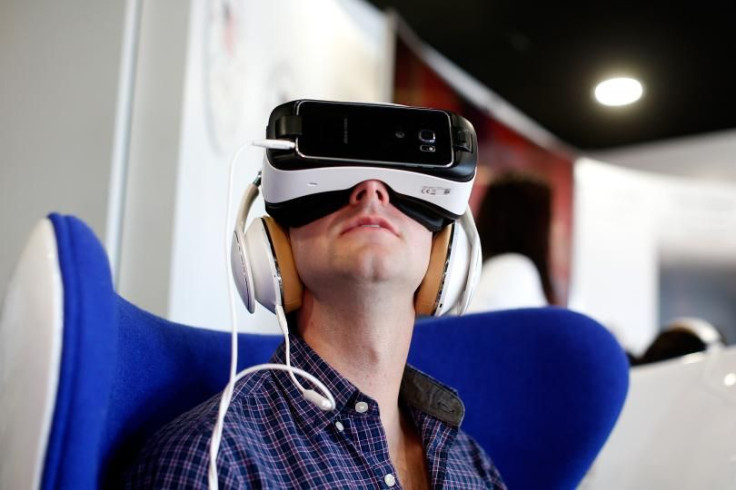HTC Vive vs. Oculus Rift vs. Samsung Gear VR vs. PlayStation VR: Virtual Reality Headset Sales On The Rise

As a platform, virtual reality isn’t as much of a novelty as it was a few years ago, thanks to headsets ranging from entry-level cardboard models to higher-end models like the HTC Vive and PlayStation VR. Thanks to recent sales numbers from analyst firm IDC via UploadVR, this status is also reflected on the sales charts. While the sales of VR headsets are relatively modest, the industry is still seeing steady growth from buyers.
For the first quarter of 2017, IDC reports around 2.2 million headsets were sold worldwide among all tracked manufacturers. It’s a strong year-over-year growth figure for the industry, as IDC notes that only 1.3 million headsets were sold in the first quarter of 2016 by comparison.
Read: Virtual Reality Park The Void Offers Unique Take On VR Experience
The report also breaks down the current leaders in the consumer VR space. In the first quarter of 2017, Samsung leads the industry with an estimated market share of 22 percent and 490,000 shipped units. With the company’s Gear VR headset, along with strong content support from developers and its partnership with the Galaxy series of smartphones, the Gear VR benefits from a sizable install base and affordable hardware.
The Gear is followed by Sony with a market share of 19 percent and 429,000 units sold. Sony differs from many of the competitors on the market in that its primary headset, the $399 PlayStation VR, is exclusively for the PlayStation 4.
Despite its rougher performance-related edges, VR has been a surprising success for Sony thanks to its piggybacking off of the existing PlayStation 4 install base and flagship VR experiences that include Resident Evil 7 and the first-person shooter Farpoint. Earlier this week, Sony confirmed that it broke the 1 million units sold mark for the PlayStation VR even though it was just released last fall.
Read: Sony To Bring PlayStation VR To Japanese Arcades
At third place is HTC’s flagship Vive headset, which holds a market share of 8.4 percent and moved 190,000 units for the quarter. The Vive isn’t necessarily playing in the same field as the PlayStation VR and Gear VR as the premium headset has motion tracking and requires a gaming-capable computer. With its $799 price tag, it’s also significantly more expensive than other mobile options. However, it’s also been the preferred option for developers and other companies who want to demonstrate fully interactive high-end VR.
Facebook and the Oculus Rift fall to fourth place for the quarter with 99,300 units and a 4.4 percent market share. While the Rift’s numbers are relatively modest for the quarter, it’s still a relative plus for the company. As UploadVR notes, the Rift moved around 240,000 units in the preceding three quarters.
© Copyright IBTimes 2024. All rights reserved.




















